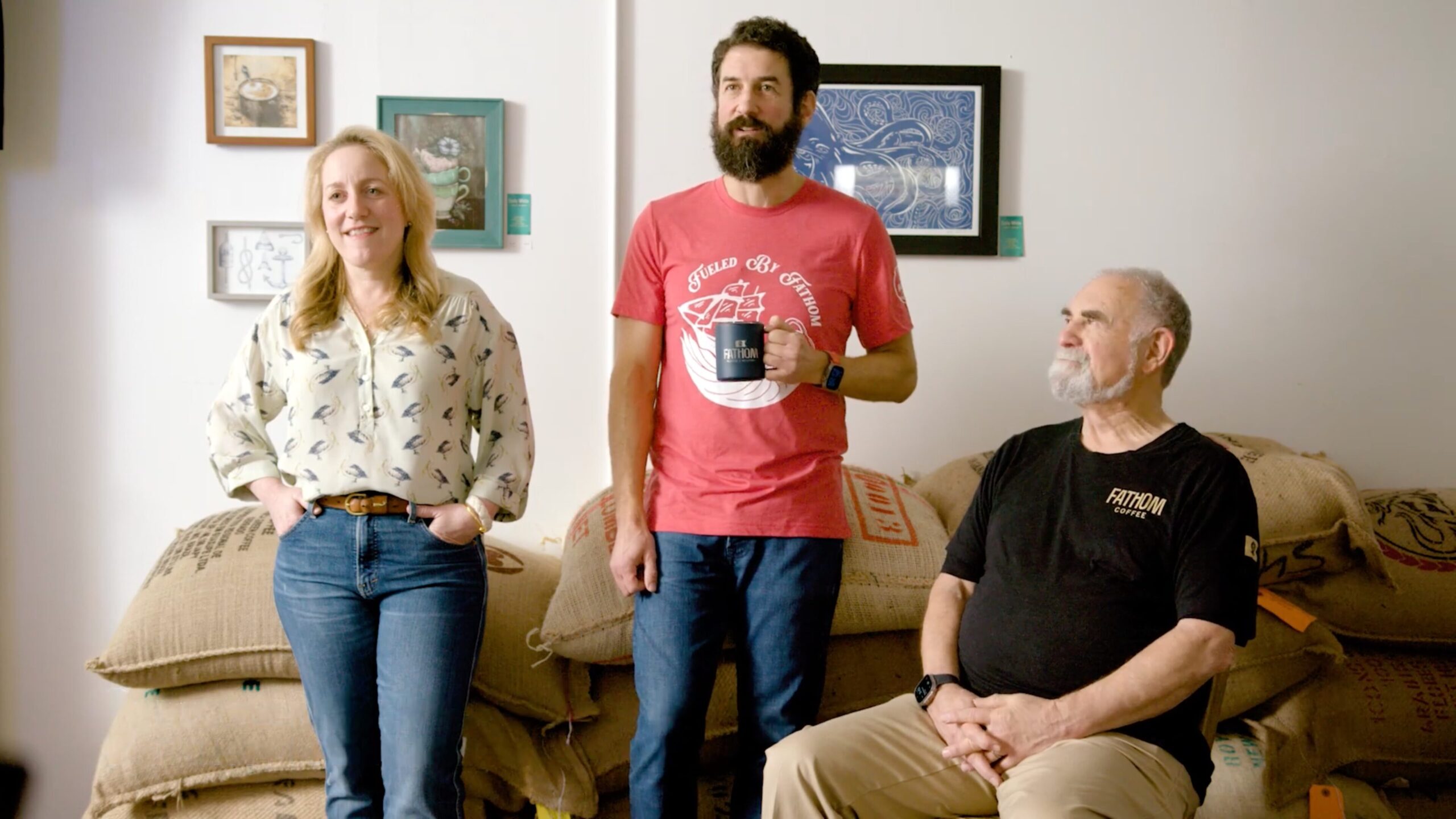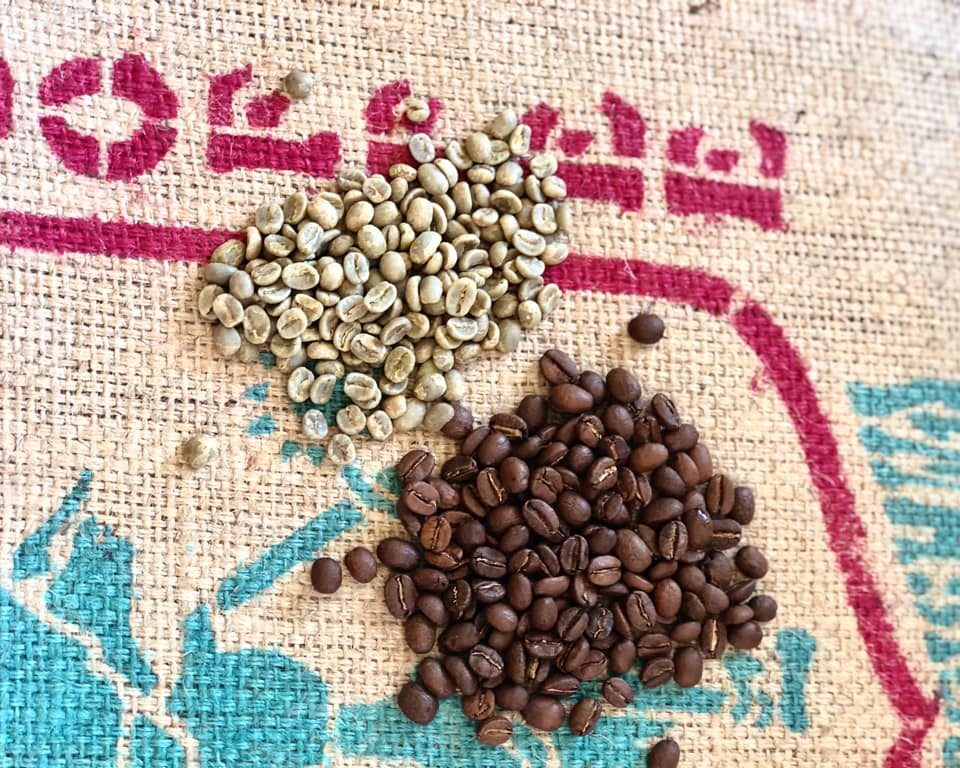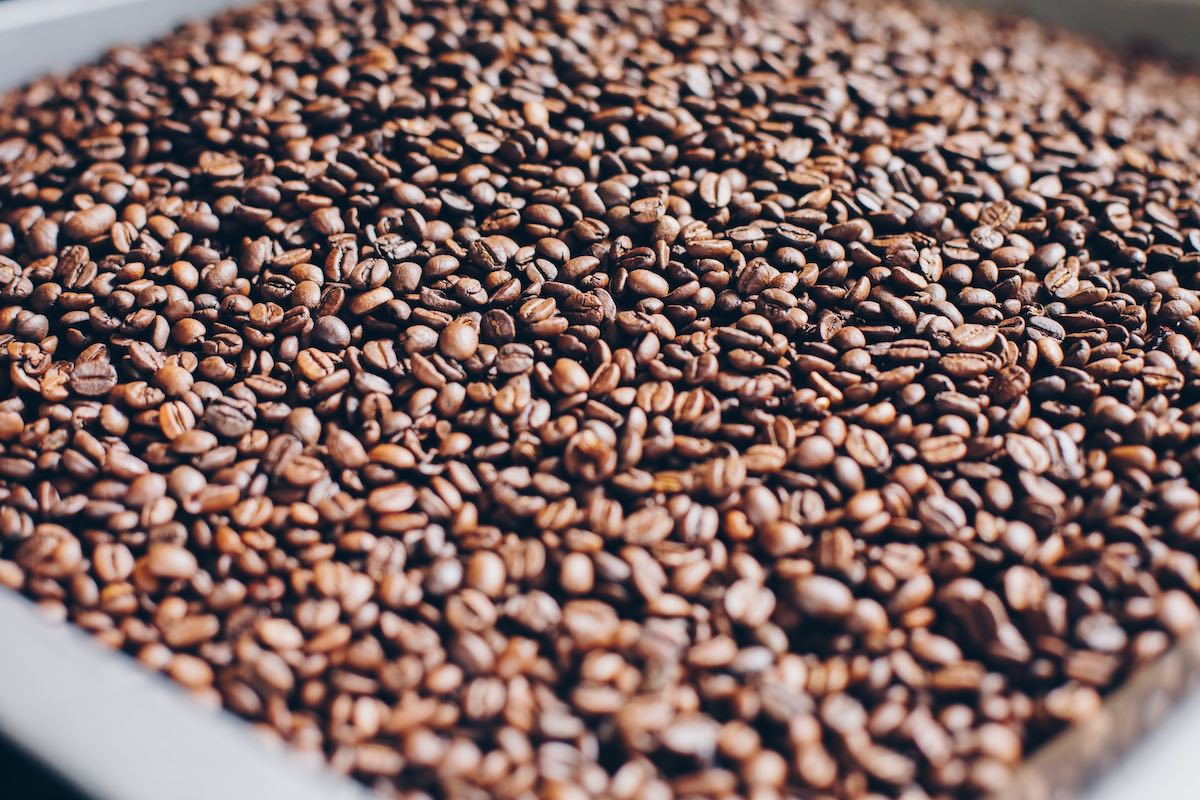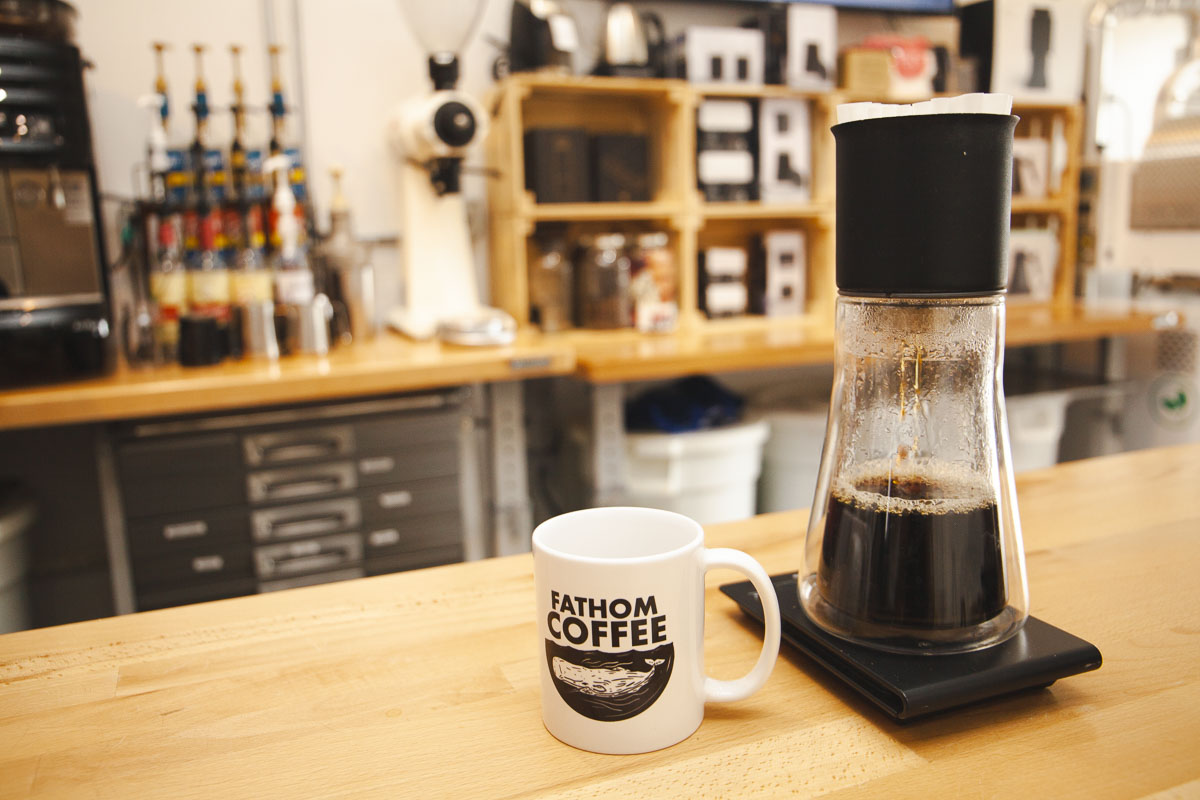

Should you roast your beans light, medium, or dark to get the most potent flavors? Where should you start if you’re not an aspiring roaster but want to dip your toes into the third wave coffee scene? How can you find the roast level you’ll love most?
This guide will help you navigate the turbulent waters of coffee distinction and find the best roast for your palette.
On Deck (Table of Contents)
The primary levels of coffee roast are light, medium, and dark. Of course, for the coffee connoisseur, there are varying degrees of each. Once you understand the different coffee roast levels we cover below, you’ll be well on your way to finding your favorite.
Note: The roasting times below are estimates and could be different based on the type of roaster used.
Coffee Roast Levels from Unroasted to Very Dark

Source: Sweet Maria’s
Unroasted (or “green”) coffee beans can vary in color based on where they originate. For example, unroasted beans from Ethiopia may be greenish-brown, while Indonesian beans are typically dark green. Beans from South America tend to be lighter and paler.
You can eat a green coffee bean safely, but we don’t recommend it. It’ll taste like the ground – grassy and earthy – and be highly acidic.
Light roasts are popular in the specialty coffee industry because they (along with many medium roasts) can bring out the most potent flavors. Roasting your beans light helps preserve the bean’s natural aroma and taste profile. Lightly roasted beans also tend to be drier and brighter in flavor than beans roasted darker. They come out a bit lighter brown than medium roasts.
Roasting temperature: 350-415 degrees Fahrenheit
Roasting time: Around 10 minutes (during or just after the first-crack stage)
Common light roast names: Light City, Half City, Cinnamon
When to choose light roast: You want a bright, lively, and robust punch of flavor in your cup.
Medium roast coffees preserve much of the bean’s original flavors and are the preferred choice for many Americans. Roasted a little longer than light roast beans, medium roast beans are slightly less acidic and remain dry after roasting. You can achieve various medium roast levels, depending on how long you leave them cooking after the first crack.
Roasting temperature: 400-435 degrees Fahrenheit
Roasting time: Around 11 minutes (after the beans finish the first crack but before the second crack begins)
Common medium roast names: Breakfast, American
When to choose medium roast: You enjoy tasting the natural, potent flavors of the coffee’s origin but want less acidity in your cup.
Medium-dark roast coffee falls somewhere between medium and dark on the roasting spectrum. The beans adopt a darker, richer color and oil on the surface. You may notice a slightly bittersweet flavor in this roast.
Roasting temperature: 435-455 degrees Fahrenheit
Roasting time: Around 11:30 minutes (right before the second crack begins or just as it starts)
Common medium-dark roast names: Full City, Full City+
When to choose medium-dark roast: You don’t enjoy bright notes in coffee but prefer earthier, bolder flavors.
Dark roast coffee can lose some of the flavors of its origin, replaced with flavors of the roasting process itself. Dark roast coffees tend to taste heavy and bold, more bitter, and less acidic than lighter roasts. The beans become oilier as they reach this point.
The longer you leave your beans in the roaster, the darker they get (and the more original flavors you lose). Very dark roasts, like French and Italian, can taste smoky and have a high-gloss appearance.
Roasting temperature: 430-475 degrees Fahrenheit
Roasting time: Around 12 minutes (after the beans reach the second-crack stage)
Common dark and very dark roast names: Vienna, French, Italian
When to choose dark roast: You love the smoky, bold, less acidic flavors of coffees roasted longer.
Light roast coffees tend to have slightly higher caffeine levels than darker roasts due to greater bean density. The longer you roast your beans, the less dense they become. Dark roast beans are lighter in weight than light roast beans.
If you’re a dark or medium roast coffee drinker and want the same amount of caffeine as a cup of light roast, make sure you measure out your coffee by volume. If your dark roast coffee weighs the same as the light roast, you’ll achieve a similar caffeine level.
Have you ever wondered how a green, raw coffee bean becomes the beautiful brown bean you pour from your bag into the grinder in the morning? How long does the process take, and how can you extract all of the original bean’s lovely, natural flavors?
Here’s a basic overview of the roasting process:
Pay attention to the taste profile of each roast to find your ideal cup. You’ll notice descriptions of flavors in different coffees, especially if you’re ordering from a specialty coffee shop.
Your coffee’s origin – where your coffee was grown and processed – will determine the final flavor profile. It will also contribute to the best way to brew your coffee of choice. Various characteristics – especially altitude, climate, and soil quality – impact how your coffee tastes and smells. The farming, processing, and storage practices also play a role. And, as we’ve already covered in-depth, so does the roasting level.
Flavor Profile Examples of Different Coffee Roast Levels
LIGHT | MEDIUM | DARK |
Complex | Flavorful | Rich |
Bright | Fruity | Bold |
Fragrant | Nutty | Bittersweet |
Fruity | Spicy | Earthy |
| Floral | Milk Chocolate | Smoky |
At Fathom Coffee, we roast most of our coffees along the medium roast spectrum to bring out as much flavor as possible. We may roast some of our coffees slightly lighter or darker depending on the origin.
We can’t wait to help you find your favorite. Just read the descriptions under each single-origin coffee or blend, and then choose the flavor profile that sounds the most delicious to you!


India is the sixth largest coffee exporter in the world. But it hasn’t always been that way. From smuggling a few measly coffee beans into

Coffee is a lot of things: comforting, energizing, tasty, even trendy. But did you know it also has an abundance of health benefits? If you